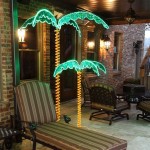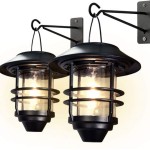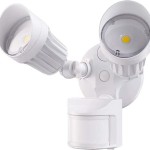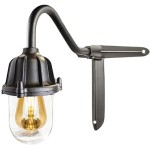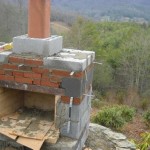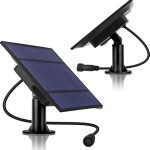Essential Aspects of Low Voltage Outdoor Lighting Installation Tips And Tricks
Outdoor lighting is an important aspect of any home. It can provide safety and security, as well as enhance the aesthetic appeal of your property. Low voltage outdoor lighting is a great option for DIYers, as it is relatively easy to install and maintain. Here are a few tips and tricks to help you get started:
1. Plan Your Lighting Layout
The first step is to plan your lighting layout. This will involve deciding where you want to place your lights, as well as how many you will need. Consider the size of your yard, the areas you want to illuminate, and the overall style of your home. You may also want to take into account any existing trees or shrubs that could block the light.
2. Choose the Right Lights
There are many different types of low voltage outdoor lights available, so it is important to choose the right ones for your needs. Some factors to consider include the brightness of the lights, the color temperature, and the beam angle. You will also need to decide whether you want to use fixtures that are mounted on the ground, on a wall, or in a tree.
3. Install the Transformer
The transformer is the heart of your low voltage lighting system. It converts the standard household voltage of 120 volts to a lower voltage, which is typically 12 or 24 volts. The transformer should be installed in a dry location, such as a garage or basement. It is important to follow the manufacturer's instructions for installing the transformer.
4. Run the Wires
The next step is to run the wires from the transformer to the lights. The wires should be buried underground, at a depth of at least six inches. You can use a trenching tool to make the job easier. Be sure to use waterproof connectors to join the wires together.
5. Install the Lights
Once the wires are in place, you can install the lights. The lights should be mounted securely, and you should follow the manufacturer's instructions for installation. Be sure to point the lights in the desired direction.
6. Test the System
Once all of the lights are installed, it is important to test the system to make sure that everything is working properly. Turn on the power and check each light to make sure that it is on. If any of the lights are not working, check the connections and make sure that the bulbs are tight.
7. Maintain Your System
Low voltage outdoor lighting systems are relatively low-maintenance, but there are a few things you can do to keep your system in good working order. Inspect the wires and connections regularly for any damage, and replace any damaged components. You should also clean the lights regularly to remove any dirt or debris.
By following these tips, you can install and maintain a low voltage outdoor lighting system that will enhance the safety and beauty of your home.

Low Voltage Transformer Installation Guide Gardenreet Lighting

How To Install Low Voltage Outdoor Landscape Lighting 1000bulbs Blog

How To Install Low Voltage Outdoor Landscape Lighting 1000bulbs Blog

How To Install Low Voltage Outdoor Landscape Lighting 1000bulbs Blog

Outdoor Low Voltage Lighting Diy Family Handyman

How To Install Low Voltage Led Landscape Lighting Easy Diy Guide

Backyard Landscape Lighting Installation Professionals Walkthrough With Tips Tricks

How To Install Low Voltage Outdoor Landscape Lighting The Garden Glove

The Easiest Way To Install Low Voltage Landscape Lighting Abby Organizes

Outdoor Lighting Installation Tips Dengarden
Related Posts

